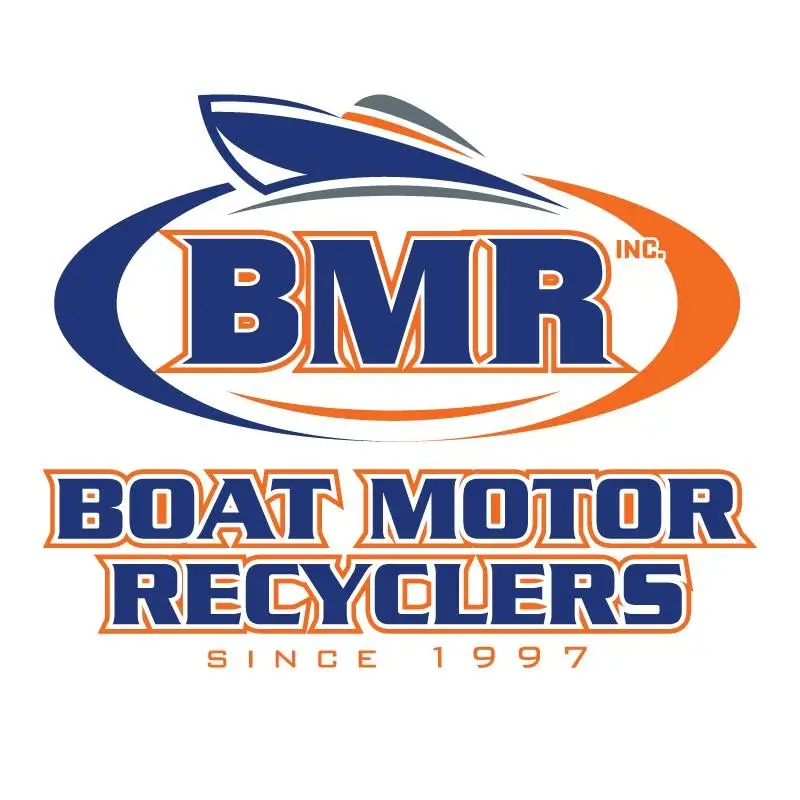Compatibility and Structural Integrity
Transom Assessment
Before proceeding with the installation, it’s crucial to check the condition of your boat’s transom. A weak or rotted transom can compromise the safety and performance of the new engine. Inspect for any soft spots, water intrusion issues, or signs of deterioration.
Weight and Horsepower Limitations
Ensure that the new outboard motor falls within the weight and horsepower limitations specified by the boat manufacturer. This information is typically found on the Coast Guard capacity plate attached to the boat.
Engine Selection and Installation
Mounting Height
Proper engine height is critical for optimal performance. The general guideline is to position the cavitation plate 10 to 25mm above the keel line. This ensures efficient water flow and prevents cavitation issues.
Mounting Hardware
Use high-quality, marine-grade stainless steel mounting bolts and install a backing plate between the engine and hull. This helps distribute the load and reduce vibration.
Sealant Application
Apply marine-grade sealant generously around mounting holes and bolt threads to prevent water intrusion and electrolysis between dissimilar metals.
Steering and Control Systems
Hydraulic Steering
Consider upgrading to hydraulic steering, especially for engines 115hp and above. This improves safety, reduces maintenance, and enhances overall drivability.
Control Cables and Wiring
Evaluate the condition of existing throttle and shift cables, control boxes, and wiring harnesses. Upgrading these components along with the engine can ensure smooth operation and compatibility.
Fuel and Electrical Systems
Fuel System Components
Install new, ethanol-resistant fuel hoses and properly sized fittings, especially if upgrading horsepower. This prevents fuel flow issues and potential engine damage.
Battery and Electrical Connections
Assess your current battery system to ensure it can handle the power requirements of the new engine. Update wiring and connections as necessary.
Performance Considerations
Propeller Selection
Choose the appropriate propeller size and pitch for your new engine to achieve optimal performance. This may require some experimentation to find the best match for your boat and typical usage.
Engine Brand Compatibility
If switching engine brands, be prepared for potential compatibility issues with existing controls, gauges, and electrical systems. This may require additional modifications or upgrades.
By carefully considering these factors, you can ensure a successful outboard engine retrofit that enhances your boat’s performance, efficiency, and longevity.
Need Help?
BMR’s expert staff can help with engine selection and perform the complete retrofit, installation and testing and our Burnsville Minnesota service facility.
